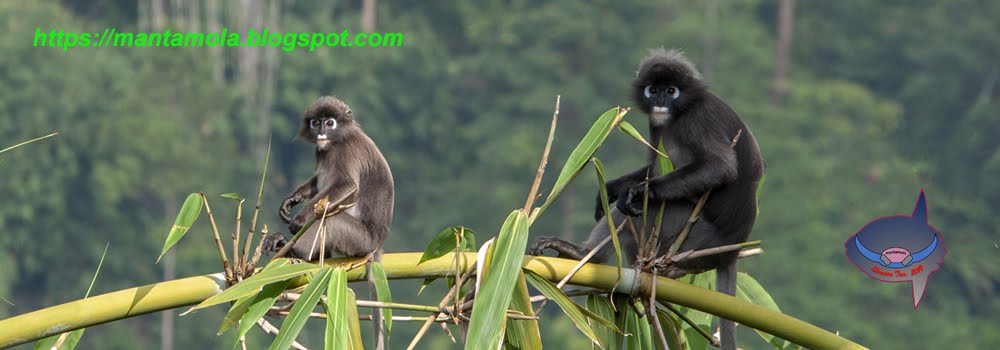While I was having a walk in the garden of my resort in Tomohon, Sulawesi 2 weeks ago, I saw some familiar birds flying around a palm tree. It didn't cross my mind that they are collecting nesting material (lichen). When I saw it again the next day, I decided to take out my camera & trying to capture some flight shot. After looking at the image than I realize the small swiflets indeed are Glossy swiftlets (Collocalia esculenta). They are actually collecting lichen. Below are some of the photos that I have taken.
The swiftlet approach the palm tree without physically get contact with the palm tree!
The swiftlet pull the lichen while still hover in the air.
The swiftlet continue to hover and move away from the palm tree.
This is another series of photo coming from a different angle.
Again, the swiftlet just "touch and go". Since swift spend most of their time in flight and hardly or never settle on the ground voluntarily. That explain why they have a very short legs and they use their leg only for clinging to vertical surfaces.
I'm not sure why the swiftlet turn the head upside down. Glossy swiftlets can be found from India all the way to Australia. Hopefully I can capture some video the next time if I see them in Singapore.



























